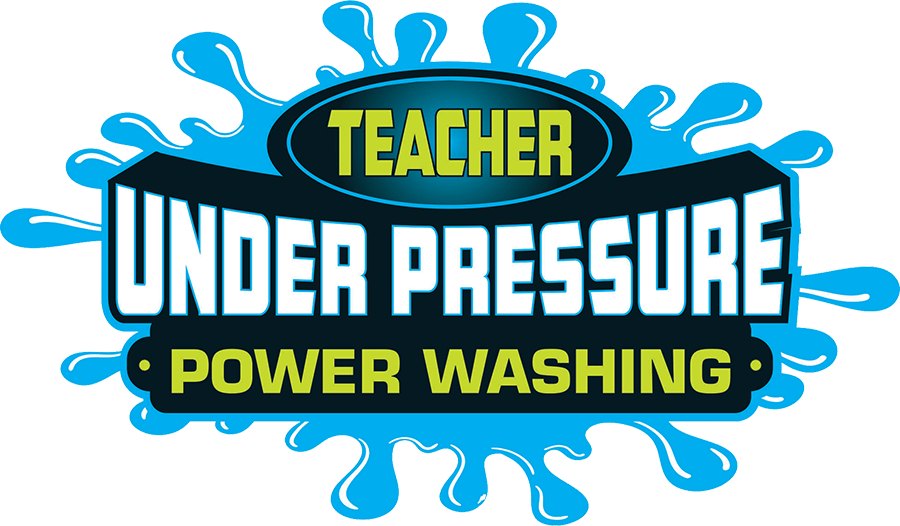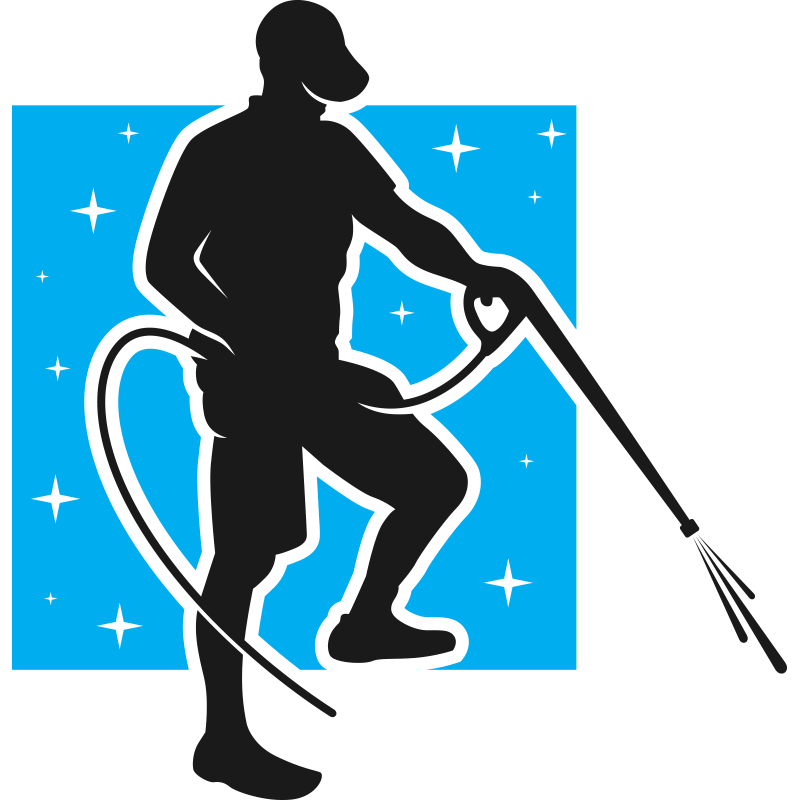Keeping the exterior of your home looking its best can be a challenge. Dirt, grime, and other outdoor elements can quickly accumulate on your siding, deck, and other surfaces, leaving them looking dingy and neglected. Power washing may seem like the obvious solution to this problem, but it can often be too harsh for certain types of surfaces, causing damage or significant wear and tear. This is where soft washing comes in. In this blog post, we will explore the gentle way of cleaning your exterior, making it look new again, without causing unwanted damage.
What is Soft Washing?
Soft washing is a technique used to clean surfaces such as siding, roofs, and decks using low-pressure water and a solution of detergents and water. The key to soft washing is in the gentle nature of the process. Instead of using high-pressure water to blast away dirt and grime, soft washing relies on a specially-formulated solution to break down mildew, algae, dirt, and grime at the molecular level, making it easier to rinse away. This technique is ideal for surfaces that cannot withstand high-pressure water and also ensures a deep clean without causing damage.
The Benefits of Soft Washing
There are several benefits to using soft washing over traditional power washing. Firstly, soft washing is a safer option compared to power washing. The pressure used in power washing can cause major destruction to surfaces such as siding, causing scratches and cracks. Soft washing, on the other hand, is gentle and non-invasive. It doesn’t damage the surfaces being cleaned.
Secondly, soft washing is more effective at removing and preventing mold, mildew, and other growths commonly found on exterior surfaces. The special solutions used in soft washing can penetrate deeper and remove more stubborn stains and growths, resulting in a longer-lasting clean.
Lastly, soft washing is a cost-effective option for homeowners. It prolongs the lifespan and increases the curb appeal of your home or property, saving you money in the long run.
How Soft Washing Differs from Power Washing
Soft washing differs from power washing in several ways. As mentioned before, soft washing uses a specially-formulated solution that is applied to the surface first before being rinsed away using low-pressure water. Power washing, on the other hand, relies on the pressure of the water stream to break away dirt, grime, and buildup. Power washing is best suited for tougher surfaces such as sidewalks or parking lots, while soft washing is ideal for more delicate surfaces or areas with growths like mold or mildew.
Preparing for Soft Washing
Proper preparation is key to a successful soft wash. Before you begin, it is important to gather all the necessary equipment, and take adequate safety precautions to avoid any accidents.
What Equipment You’ll Need
The equipment you will need for soft washing includes a low-pressure washer, soft washing nozzles or spray tips, a soft wash applicator, and the soft wash solution itself. You’ll also require personal protective equipment like gloves, goggles, and closed-toe boots.
The Importance of Safety Precautions
Soft washing involves the use of chemicals, so it is essential to take safety precautions. Read the labels on the soft wash solution to understand the safety instructions and follow them. Wear personal protective equipment, such as gloves and goggles, to protect yourself from chemicals and debris that may fly around during the process. Before starting, ensure the area around your home is clear and all windows and doors are closed. This will protect any items inside your home from the solution, and it also protects you and your family from exposure to the chemicals.
Soft Washing Techniques
Now that you are appropriately outfitted and equipped to start your soft wash, it is essential to know the correct application techniques. Here are some techniques to ensure you make the most out of your soft washing process.
How to Apply Soft Wash Solution
Begin by gently applying the soft wash solution with a soft wash applicator. Apply the solution to your home or property, and let it rest on the surface for a couple of minutes. This will allow the solution to break down the dirt, algae, mold or mildew before rinsing it away. Use the same low-pressure water used earlier to rinse off the surface.
Tips for Cleaning Different Types of Surfaces
Different surfaces require different solutions and application methods to prevent damage. Surfaces like wood require a different solution compared to cement or brick. When it comes to wood, for example, higher water pressure and less concentrated solutions are used to ensure that the wood is not damaged. It’s important to research the best techniques for cleaning different surfaces to ensure you maintain the structural integrity of the surface while giving it the ideal clean.
Conclusion
Soft washing is a gentle but effective way to clean your home and property. It is an alternative to power washing that is more cost-effective and safer for different surface types. As we have learned, it involves a specially formulated solution that penetrates deeper than high-pressure water alone. Soft washing is straightforward, but it’s essential to practice safety and preparation to ensure that you clean your home carefully and protect yourself and your surroundings. So, if you’re considering a cleaning option for your home or property, soft washing might be just what you need to maintain an appealing and functional exterior.

